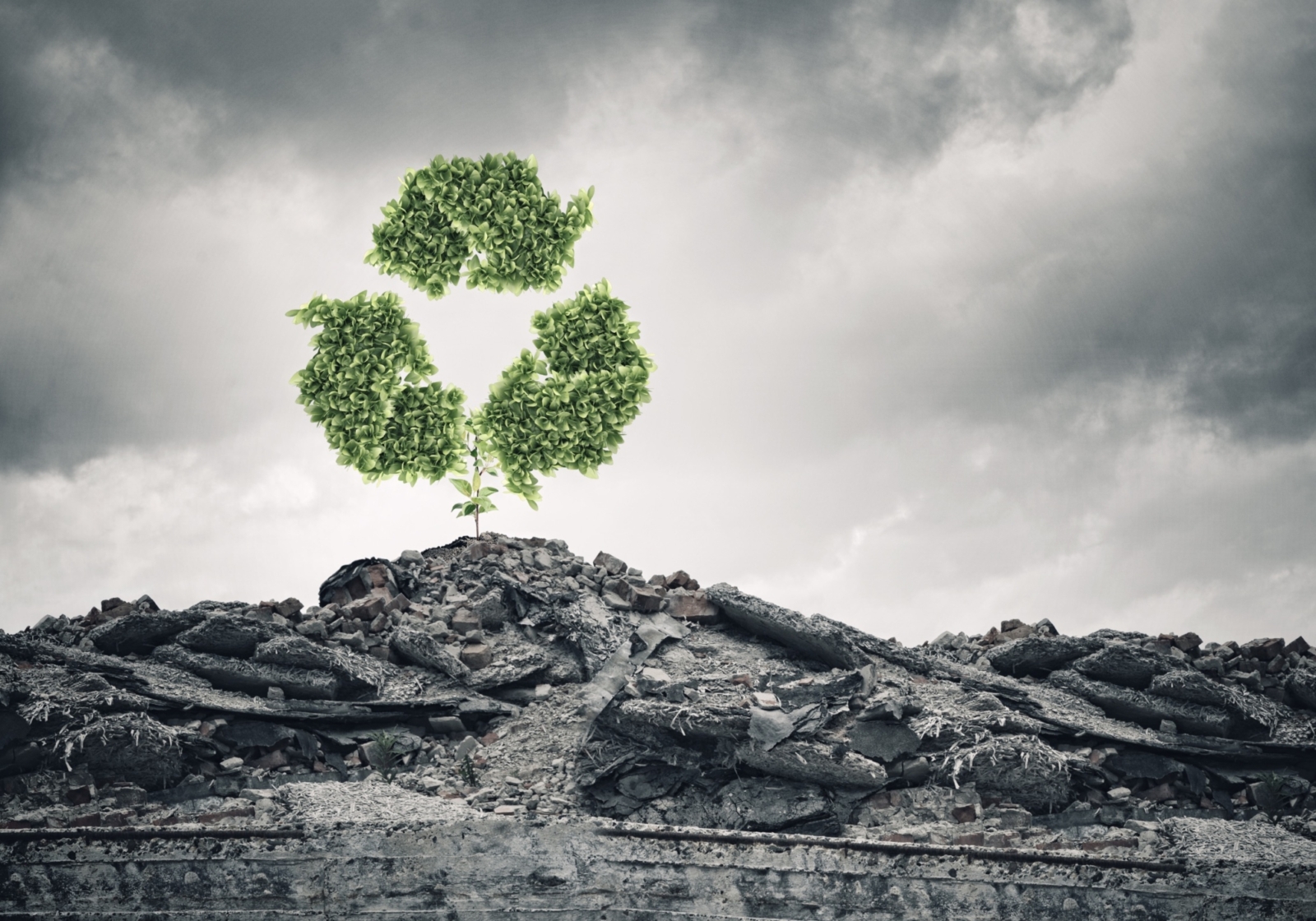Eco-Friendly Best Practices in Disaster Recovery

In the face of disaster, restoration becomes not just a process of rebuilding structures but an opportunity to create a more sustainable and resilient future. We will explore the significance of eco-friendly practices in the realm of disaster recovery with a goal of shedding light on how environmentally conscious approaches can not only restore what was lost but also contribute to a healthier, greener world. Let’s get into it.
Understanding Eco-Friendly Restoration:
Eco-friendly restoration refers to an approach in the field of disaster recovery that prioritizes environmentally sustainable and responsible practices. It takes on a holistic perspective that goes beyond traditional restoration methods, aiming to minimize the ecological impact of recovery efforts and promote long-term environmental well-being of both people and the planet.
Green Materials and Construction:
One of the pillars of eco-friendly restoration is the use of sustainable materials and construction techniques. From recycled building materials to energy-efficient designs, incorporating green practices into the reconstruction process can significantly reduce the carbon footprint of restoration projects. This commitment to eco-friendly materials and construction techniques aligns with the broader goal of creating resilient and environmentally responsible built environments.
Renewable Energy Integration:
Harnessing the power of renewable energy sources plays a pivotal role in sustainable disaster recovery. From solar panels to wind turbines, incorporating renewable energy solutions not only reduces reliance on non-renewable resources but also ensures resilience in the face of future disasters. Furthermore, the use of renewable energy reduces greenhouse gas emissions and minimizes the environmental impact associated with traditional energy sources. Communities that integrate renewable energy become less dependent on external energy sources.
Natural Habitat Preservation:
Eco-friendly restoration extends beyond the built environment. It involves safeguarding and maintaining the integrity of natural ecosystems. Striking a balance between human needs and ecological preservation is crucial for long-term sustainability. Preserved natural habitats provide essential ecosystem services, including pollination, water purification, and climate regulation. Preservation ensures that they can withstand and recover from disturbances, including those caused by natural disasters.
Waste Reduction and Recycling:
Efficient management of waste and active participation in recycling initiatives constitute the foundation of eco-friendly restoration practices. From debris removal to waste reduction strategies, every step taken to limit environmental impact contributes to a more sustainable recovery process. This multifaceted approach not only involves the proper disposal of debris but extends to the implementation of comprehensive waste reduction strategies, ensuring that every facet of the restoration process aligns with environmentally conscious principles.
Community Engagement and Education:
A key aspect of sustainable disaster recovery is community engagement and education. Launching awareness campaigns within the community raises consciousness about the environmental impact of individual and collective actions. This can include campaigns on responsible waste disposal, water conservation, and the benefits of renewable energy. Showcasing real-life success stories highlighting the positive outcomes of adopting sustainable practices should be included in the awareness campaigns as well. Empowering communities with knowledge about eco-friendly practices not only fosters a sense of environmental responsibility but also ensures the longevity of sustainable initiatives.
Government and Policy Advocacy:
Transformative change often requires policy-level intervention. Advocating for and implementing eco-friendly policies in disaster-prone areas can create a framework that encourages sustainable practices in both public and private restoration efforts. This may involve zoning regulations, building codes, and infrastructure development that consider the environmental impact and the potential for natural disasters. Advocate for the creation of incentives, subsidies, or tax breaks for individuals and businesses that adopt eco-friendly practices in disaster-prone regions.
Resilience Through Biodiversity:
Integrating biodiversity into restoration projects enhances ecosystem resilience. The variety of plant species creates a less favorable environment for the rapid spread of pathogens, reducing the risk of large-scale damage. Diverse ecosystems are naturally more resistant to pests and diseases. This natural defense mechanism enhances the resilience of the restored areas to potential threats, while at the same time making the restored areas more beautiful as an additional benefit.
Eco-friendly restoration is more than a trend; it's a commitment to building a future that is both resilient and sustainable. By embracing environmentally conscious practices in disaster recovery, the goal is to not only rebuild what was lost but also create a more responsible, resilient future for generations to come.
Access the expert knowledge and best practices to make informed decisions for successful restoration and recovery. Empower yourself and contact NDS today.

